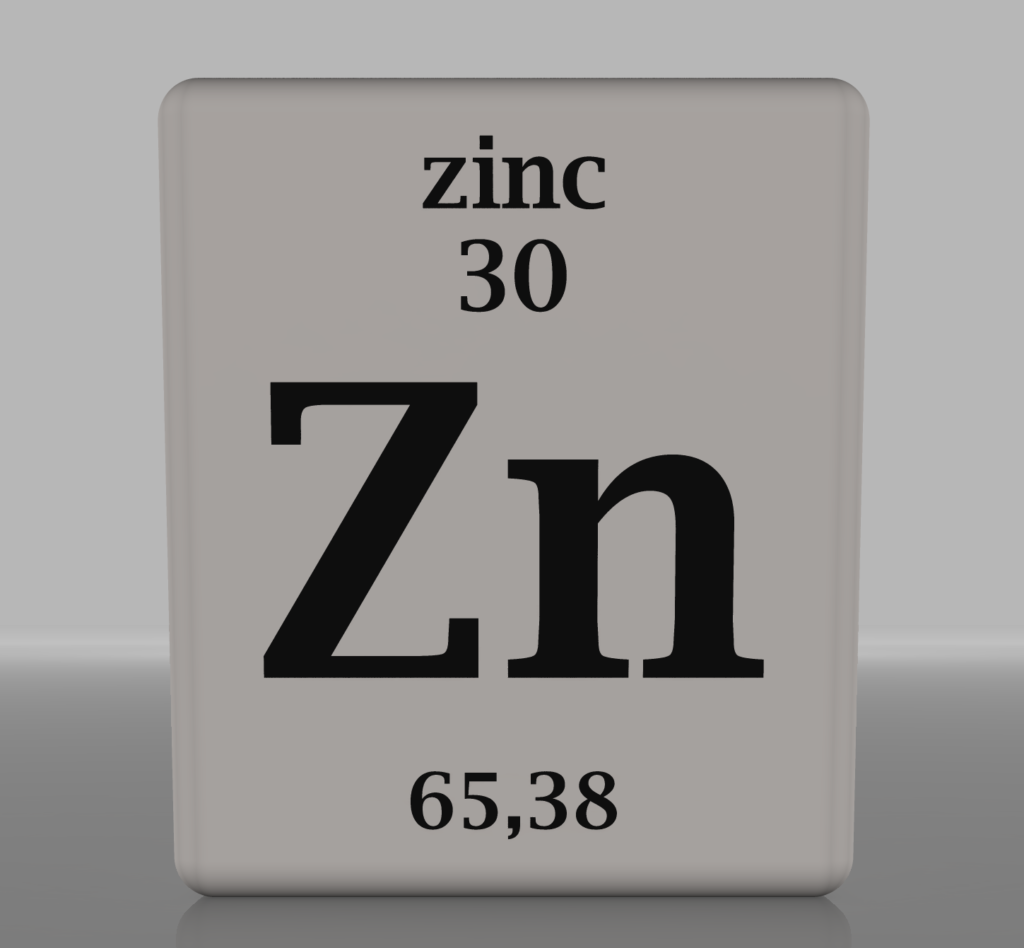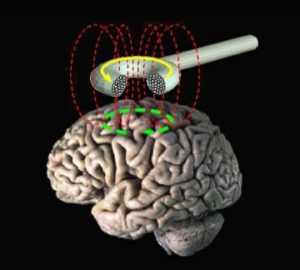Natural Options for ADHD
Part 1: Mineral Therapies

Problems maintaining attention and focus are common in both children and adults. While it was initially believed that children grow out of attention deficit hyperactivity disorder (ADHD), we now know this isn’t the case. In fact, the data suggests that symptoms can wax and wane into early adulthood with 90% of individuals diagnosed with ADHD in childhood still having some residual symptoms (Sibley 2022).
What Is ADHD?
ADHD is split into three types, inattentive, hyperactive-impulsive or combined. Inattentive symptoms include:
- Poor listening skills
- Losing or misplacing items needed to complete tasks
- Being easily sidetracked
- Forgetting daily activities
- Having a short attention span
- Poor follow-through on tasks and instructions
- Avoiding activities requiring concentration
- Not being detail oriented
Hyperactive-impulsive symptoms include:
- Squirming or fidgeting
- Marked restlessness
- Appearing driven or on the go
- Unable to play or interact quietly
- Inability to stay seated
- Being overly talkative
- Difficulty waiting
- Interrupting or intruding upon others
- Impulsively stating answers before a question is complete
A minimum of six symptoms in either or both categories are necessary for a diagnosis of ADHD in children. For adults, just five symptoms are needed.
Standard Treatment
Standard treatment usually involves stimulant medication. And while stimulants are often touted as “smart drugs” that improve academic abilities, in reality, the benefits are quite small. For the drug methylphenidate (also known as Ritalin) a recent analysis found a 7.8% increased productivity in math, a 3% improvement in math accuracy and an increased reading speed, without improvements in reading accuracy (Kortekaas 2019). No other learning category was effectively enhanced with medication. The analysis included over 34 published studies on academic performance of children before and after treatment.
Side Effects
While some individuals may benefit from stimulant medication, they also have risks and side effects. Stimulant drugs are often abused. In addition, side effects are common, including sleep problems, reduced appetite, weight loss, abdominal pain, tics, jitteriness, headache, anxiety, irritability, sadness and overfocusing (Lerner 2008). One study that followed children on medication for five years found that half had notable side effects (Charach 2004).
Stimulant medications also raise blood pressure and heart rate. These changes are usually small, but can be of concern in some patients (Hennissen 2017). Additionally, stimulant medication can reduce both height and weight in children as they grow (Carucci 2021).
Alternative Treatments
Due to these concerns, it’s not unreasonable to ask if safer options for ADHD treatment are available. From the published literature, the following all show at least some potential efficacy:
- Zinc, iron and magnesium
- Omega-3 fatty acids
- Pine-bark extract
- Acetyl-L-carnitine
- Dietary approaches
Zinc, Iron and Magnesium
A number of mineral deficiencies may contribute to ADHD symptoms. When deficient, these minerals—including zinc, iron and magnesium—may disrupt normal brain function.
Zinc

As a mineral, zinc is important for immune function and the regulation of genetic expression. It also appears to play a significant role in mental health (Grønli 2013).
A meta-analysis of zinc levels in ADHD found suggestions that lower zinc is associated with symptoms. While the analysis of 22 studies showed no correlation, when one study was removed, a significant correlation was found from the remaining 21 studies (Ghoreishy 2021).
One of the first placebo-controlled trials of zinc for ADHD was on 400 children. Zinc treatment was found to improve both hyperactivity and impulsivity along with helping to normalize socialization (Bilici 2004). A smaller trial combining zinc or placebo with medication also showed benefits for improving ADHD symptoms in children (Akhondzadeh 2004).
A trial in Turkish, low-income children found improvements in attention and hyperactivity with zinc supplementation (Üçkardeş 2009). However, a separate trial exploring zinc with or without medication only found a reduced need for medication with zinc supplementation. Treatment effects with zinc alone did not reach significance (Arnold 2011).
More recent studies have continued to found benefits with zinc supplementation, suggesting its place as a potential treatment for ADHD (Noorazar 2020, Zamora 2011).
Iron
Studies appear to suggest a relationship between iron and ADHD. A meta-analysis of children’s iron levels found a correlation between iron deficiency and ADHD symptoms (Tseng 2018). A small initial trial of iron supplements in boys aged 7-11 with ADHD showed benefits. Parent’s rating scales of ADHD symptoms improved, although teacher reports remained unchanged (Sever 1997).
A placebo-controlled trial also showed results for improving ADHD symptoms with iron. In the study, the included children had evidence for low iron stores (ferritin < 30 ng/ml) without signs of iron deficiency. Treatment with iron over 12 weeks improved ADHD symptoms significantly. Placebo treatment provided no significant benefits (Konofal 2008).
The most recent trial combined iron supplements with standard ADHD medication in children with low iron stores. At two months, children that received both medication and iron had better symptom scores than children on medication alone (Panahandeh 2017).
Magnesium
As for magnesium deficiency, a recent meta-analysis found lower serum levels in ADHD patients as compared to normal controls. However, the authors did note a high degree of variability throughout the research, suggesting further studies are warranted (Effatpanah 2019).
One of the first studies on magnesium for ADHD lasted six months. In children with ADHD, hyperactivity was reduced with magnesium supplementation (Starobrat 1997). A Russian study using magnesium and vitamin B6 also found benefits for reducing symptoms (Nogovitsina 2006). In a more recent pilot study using a special form of magnesium thought to be more effective for brain health, half of adults with ADHD had significant clinical improvement (Surman 2021).
And finally, a study that combined vitamin D and magnesium found benefits after eight weeks with the combination. Emotional problems, peer interactions and total difficulties improved significantly (Hemamy 2021).
A Word of Caution on ADHD Treatment with Minerals
When used properly, nutrients are typically quite safe. However, minerals should be dosed carefully. Zinc and iron both have tight therapeutic windows, meaning the difference between “enough” and “too much” is not very large. It is also possible to take too much magnesium. For any individual looking to address ADHD with zinc, iron and magnesium, it is best to work with a well-trained provider familiar with their use.
Conclusion
ADHD symptoms can be very disruptive for children and adults. While medication may help, it isn’t without safety concerns and side effects. A number of natural approaches to treatment appear promising, including zinc, iron and magnesium.
Next week, we’ll continue to discuss additional treatment options for ADHD from the research literature.



